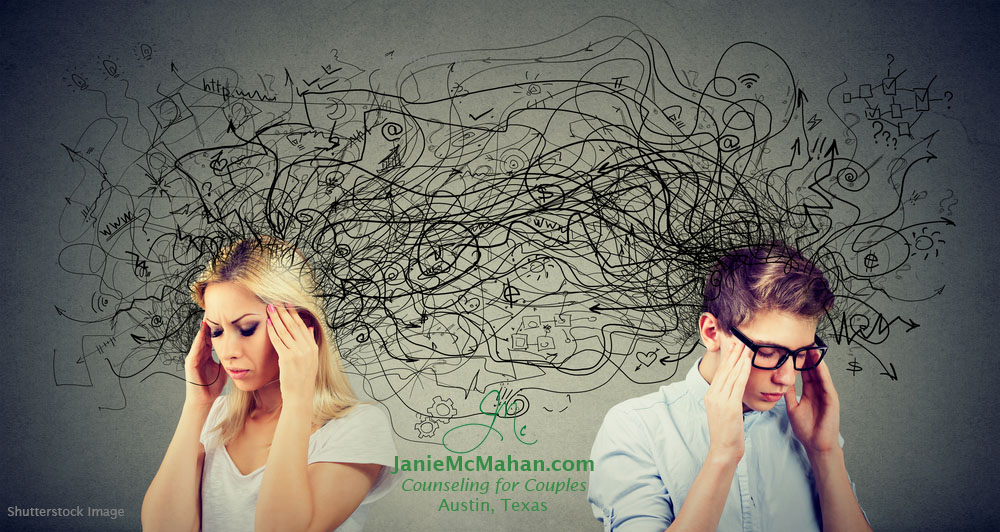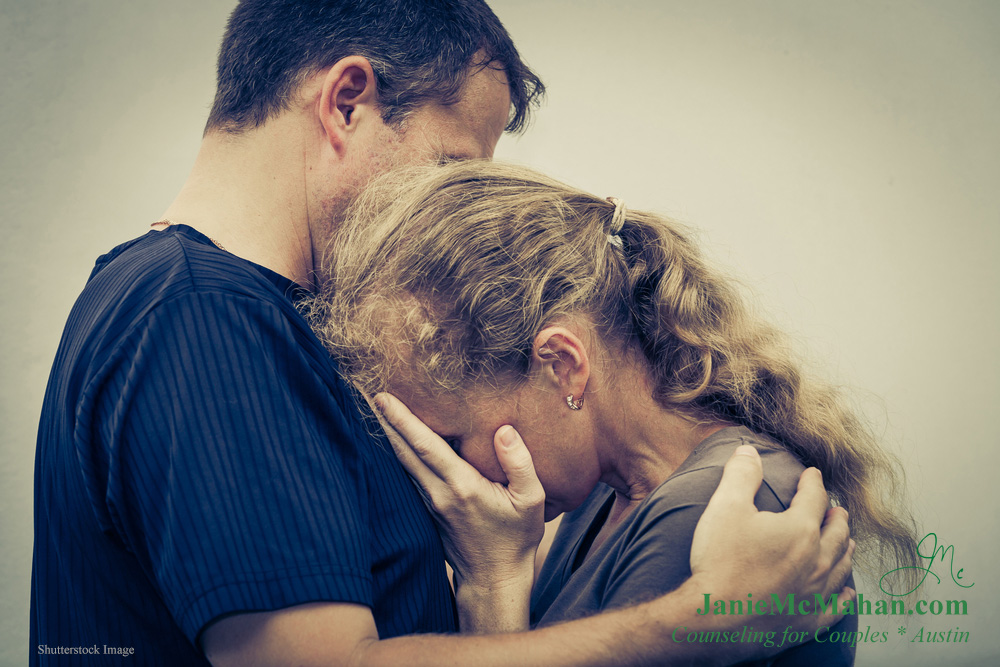Baby Emotions: What Is Your Newborn Telling You?
/Babies are born with the full range of human feelings. Baby emotions range from joy to fear to anger to sadness, and babies express these emotions through body language, a seemingly universal language of short and clearly distinguished sounds, various forms of crying, and attempts to make eye and body contact.
Yes, your newborn is telling you precisely how she feels and what he wants. All you need to do is learn how to understand.
Body language
Newborns kick and wave their arms and legs, turn their heads, start to look around, and make a whole range of facial expressions.
Babies who are only a few hours old already prefer adults who make eye contact and they recognize voices familiar from before birth. Watch their movements and identify what interests them, what they like and what they don’t like. Your baby is at the beginning of a lifelong learning journey and all he wants is to get through to you.
Don’t be afraid of trial and error–your baby will let you know if your response meets his needs.
Baby sounds
Every sound a baby makes, gurgling, whimpering, cooing, crying, and smaller, more specific sounds, expresses emotions and conveys needs. Nothing is random.
The “Dunstan Baby Language,” a concept created by Australian mother Priscilla Dunstan, is an innovative attempt to categorize certain sounds that newborns and babies up to three months make when they try to communicate specific needs.
Recent research has suggested that these seemingly universal sounds are probably more like stand-alone signals of baby emotions than a complex, combinable language, but listening closely to the sounds your baby makes and noticing her attempts to tell you what concerns her is the best way to establish communication.
Try to respond to the needs your baby expresses as soon as you can, so that the need doesn’t grow into distress. If you respond–and respond correctly–your baby will trust you and feel less need to cry.
Crying
Crying is one of the main ways to communicate baby emotions. Crying is a stronger, more intense language and evokes an emotional response from you. Experts have distinguished different kinds of crying for different needs. “I am hungry,” “I am tired,” and “I am in pain” all have their own specific cries, intended to elicit a specific reaction from you. Again, close observation and immediate, positive response will both help you to understand your baby’s language and bond with him. Babies cry because they need you to respond, not because they want to annoy you!
Body contact and eye contact
Hugging and cuddling your baby is another way to communicate directly through the sense of touch. Your newborn has spent the previous nine months in a world of constant skin contact. Touch is also a very sensitive way of picking up emotions and connecting in non-visual ways. Your baby absorbs whatever you feel. She can feel your heartbeat and will tune in to your breathing patterns which have a profound effect on her baby emotions.
Eye contact is important to babies even while their eye sight is still developing, but after a few weeks babies also feel a need to break eye contact and turn their heads away when the connection becomes too intense for them. This is the beginning of the complex dance of closeness and privacy boundaries in human relationships.
Babies Can Be Overstimulated, Too
Your baby may get overstimulated sometimes and need a little break from all the interaction. Dr. John Gottman offers the following tips for recognizing an overstimulated baby in his book And Baby Makes Three: Is your baby looking away? Shielding her face? Pushing away? Wrinkling his brow? Arching his back? Fussing? Crying? If so, your baby may be overstimulated, rather than asking to have a need met. In this situation, your baby may be trying to self-soothe by looking away. Well-meaning parents may make efforts to play more and engage in eye contact with their baby in an effort to make him "happy," further stimulating the baby and increasing the fussiness and crying.
Notice if your baby gets fussier, not calmer or quieter, when you do any of the following: move your face in front of his face, move your baby's body to keep her looking at you, increase the pace of play when she is upset, switch back and forth between activities in an effort to keep your baby happy, repeatedly pat his back or leg or repeatedly wipe her face or move her hair out of her eyes, compete with your partner for your baby's attention.
Just like mom and dad, baby sometimes needs a very short break from all the activity, too. Your attunement to baby emotions will help you to determine if your baby needs you to do something for him, or if he just needs a little rest from play, sights, and sounds.
Communication
Whatever your baby is trying to tell you via body language, touch, and sounds, he needs your response to it. Communication is a two-way street, right from the start. Quick and flexible response makes this communication effective and your baby will be less distressed. But sometimes babies are sad and angry for their own personal reasons, just like adults. Try to find out what is going on.
Your baby also starts to mimic tones of voice, hand movements, and moods right from birth. Even newborns start to cry when they hear other babies crying. Studies have found evidence for babies’ basic empathy with the feelings of others.
Baby emotions and baby bonding
Bonding between parents and baby is the foundation of a good relationship that facilitates child development and will last a lifetime.
Classes and workshops for expectant and new parents, like the Gottman Bringing Baby Home Program, can make the whole process of transitioning into parenthood more enjoyable and effective for parents. In addition to keeping your marital and parent-child relationships strong, you might even bond with other parents and care-givers while you are learning how to communicate with your baby.
Every minute you spend trying to understand and respond to baby emotions will deepen your bond and create a rich and fulfilling family life.
-----
Janie McMahan is a therapist in Austin, Texas. She works with expectant and new parents as they transition into their new roles as mom and dad. She is a Gottman Bringing Baby Home Educator and offers BBH workshops, small groups, and individual sessions for couples. For more information and scheduling, call Janie at 512-739-2494.




















